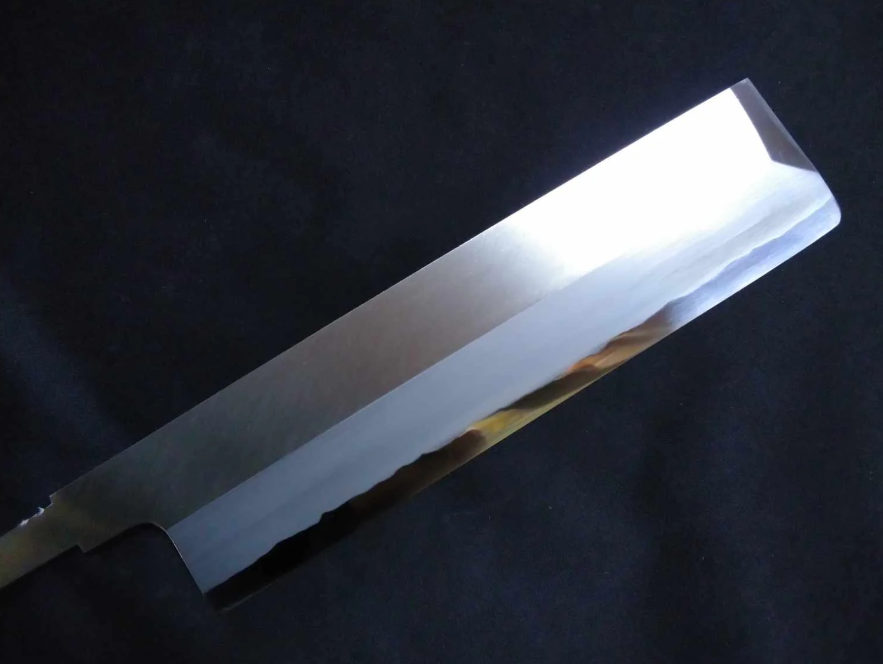
Japanese Food Culture Is Vegetables and Fish
-
APRIL 1, 2023
-
The Essence of Japanese Cuisine
In the rich tapestry of global culinary traditions, Japanese food culture stands out for its harmony between nature and the plate. At its heart lie two humble yet profound elements: vegetables and fish. These ingredients have shaped the foundation of Japanese cooking for centuries, nurturing a culinary identity built on freshness, seasonality, and balance.
-
A Glimpse into the Past
Historically, the Japanese diet reflected the nation’s geography. Surrounded by seas abundant with fish and blessed with fertile soil yielding seasonal vegetables, Japan’s natural environment shaped its cuisine. These foods became the cornerstone of daily meals—a reflection of the culture’s deep connection to the rhythms of nature.
-

The Influence of the West
The arrival of Western cuisine introduced new tastes and techniques, most notably the “Gyuto,” a knife specialized for cutting meat. Meat consumption increased, yet the soul of Japanese cuisine remained rooted in fish and vegetables. Even as foreign influences enriched the culinary landscape, Japanese cooking continued to celebrate subtle flavors and natural freshness.
-
The Role of Japanese Kitchen Knives
Central to this tradition are Japanese kitchen knives, tools refined over generations to honor these ingredients. From the delicate slicing of sashimi with the yanagiba to the precise cutting of vegetables in kaiseki cuisine, Japanese knives are not just tools—they are extensions of the chef’s hand. Their design reflects the philosophy of preserving flavor, texture, and the essence of each ingredient.
-

-
Conclusion: A Tradition That Endures
Japanese cuisine, with its enduring focus on vegetables and fish, offers more than nourishment—it is a window into a culture that values simplicity, purity, and respect for nature. Even in the face of globalization, the essence of Japanese food remains unchanged: a reverence for ingredients and the tools that bring them to life. In every slice made by a Japanese knife, we see not just preparation, but a celebration of tradition and artistry that continues to inspire the world.
The Foundation: A Cuisine of Vegetables & Fish
-

Japanese cuisine is built on nature’s gifts—vegetables and fish—and elevated by the knife, a tool that preserves purity, texture, and flavor through every cut.
-

Yanagiba
A traditional Japanese sashimi knife with a long, slender blade, designed for smooth single-stroke slicing. It preserves the delicate texture and natural flavor of raw fish, making it essential for authentic sashimi preparation.

Usuba
A single-bevel knife for vegetables, available in styles like Kanto, Kansai Kamausuba, and Mukimono. It delivers precise cutting, peeling, and decorative work, making it a key tool in professional Japanese kitchens.

The Soul of Craftsmanship
-
The Light of Morning, The Colors of the Heart
"Alright, it’s morning!" or "Ugh, morning again..." These aren’t just words—they are mirrors of your state of mind.
-
In the world of traditional crafts, even when two artisans work with the same materials, one may create a masterpiece while the other struggles. The difference lies not in the tools or steel, but in attitude—how one chooses to face the moment.
-
Like the haze of morning, the start of each day can feel uncertain or unclear. But if you turn toward where the light breaks through, the entire view transforms. This is true not only in daily life, but also in the delicate stroke of a craftsman’s hand.
-
If you greet the day with a resolute “Alright!” it will shine. If you sigh “Ugh,” it will fade of its color. That is why, when I look at the morning haze, I steady my heart and move my hands with purpose.
May your day, too, be filled with the radiant light of an “Alright!”

Experience the sharpness trusted by 98% of Japan’s top chefs — handcrafted in Sakai City.
Through our exclusive partnership with Shiroyama Knife Workshop, we deliver exceptional Sakai knives worldwide. Each knife comes with free Honbazuke sharpening and a hand-crafted magnolia saya, with optional after-sales services for lasting confidence.
KIREAJI's Three Promises to You
-

1. Forged in the Legacy of Sakai
From Sakai City—Japan’s renowned birthplace of professional kitchen knives—each blade is crafted by master artisans with over six centuries of tradition. Perfectly balanced, enduringly sharp, and exquisitely finished, every cut carries the soul of true craftsmanship.
-

2. Thoughtful Care for Everyday Use
Every knife includes a hand-fitted magnolia saya for safe storage. Upon request, we offer a complimentary Honbazuke final hand sharpening—giving you a precise, ready-to-use edge from day one.
-

3. A Partnership for a Lifetime
A KIREAJI knife is more than a tool—it is a lifelong companion. With our bespoke paid aftercare services, we preserve its edge and beauty, ensuring it remains as precise and dependable as the day it first met your hand.







